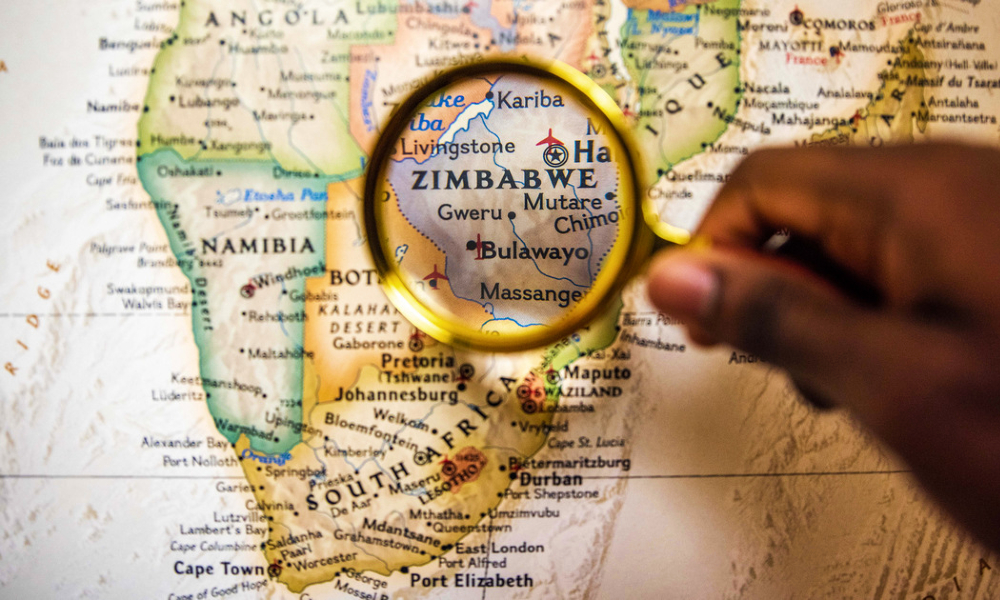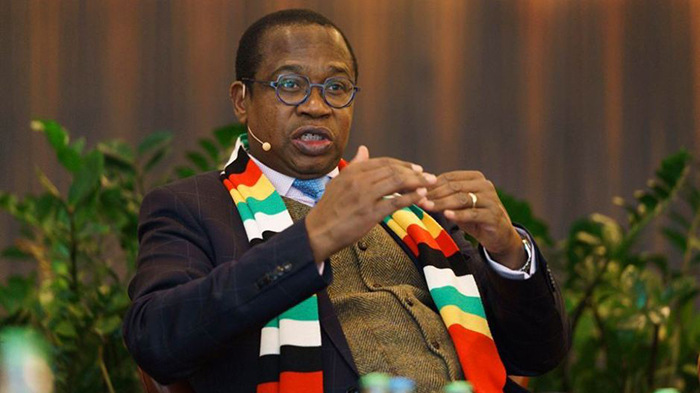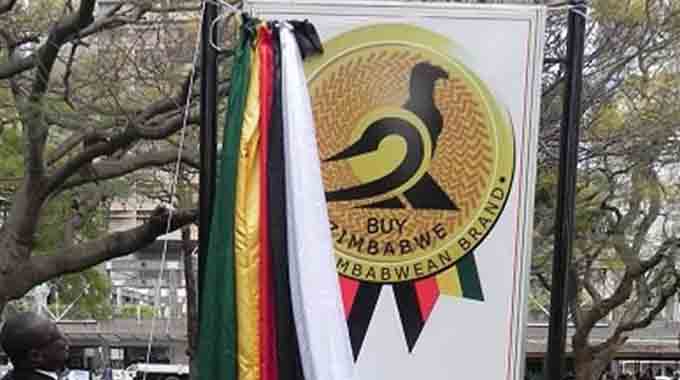Monetary policies stabilising economy-RBZ
THE Reserve of Zimbabwe (RBZ) will continue towing its tight monetary policy path that has seen stability in inflation and exchange rate as authorities are confident that economic fundamentals are strong to sustain the current stability, as reflected by the robust economic growth of 5.3 percent expected in 2023
The RBZ Monetary Policy Committee (MPC) met on Friday to review the effectiveness of the recent policy measures put in place by both Government and the bank to stabilise the economy.
The MPC expressed satisfaction with the impact of the measures which have stabilised the exchange rate and domestic prices.
Annual inflation eased to 101.3 percent in July from 175.8 percent in the prior month as the local unit continued to firm against the United States dollar and riding on tight fiscal and monetary policy measures.
The latest statistics released by the Zimbabwe National Statistics Agency (ZIMSTAT) show that the month-on-month inflation rate closed in negative territory of -15.3 percent in July.
” Consequently, month-on-month inflation, which peaked at 74.5 percent in June 2023, fell to minus 15.3 percent in July 2023, while annual inflation fell from 175.8 percent in June 2023 to 101.3 percent in July 2023,” said RBZ governor Dr John Mangudya.
Dr Mangudya said the MPC expects month-on-month inflation to continue to decline in the outlook period to December.
“The MPC also noted that economic fundamentals are strong to sustain the current stability, as reflected by the robust economic growth of 5.3 percent expected in 2023, a favourable balance of payments position and fiscal sustainability.
“The strong economic fundamentals, coupled with stability in prices, will be critical in preserving the value of the domestic currency and enhancing confidence in the economy.
“In view of the current positive inflation and exchange rate developments, the MPC resolved to stay the course of the current tight monetary policy stance and allow time for the current measures to take the full course of their impact on the dual currency economy,” he added
The local dollar has been regaining value at the formal wholesale foreign currency auction system with a similar positive outcome on the parallel market, which has also been forced to review its rates downwards, thereby closing the premium difference while ensuring market stability.
The black-market rate, which had gone as high as US$1:ZWL$10 000 in the past few weeks is now ranging from ZWL$6 000 to ZWL$8 000 for US$1 while the official rate is below US$1:ZWL$4 505 from a peak of close to 1:7 000.
The central bank boss noted that MPC is strongly committed to remaining watchful of any potential shocks and putting in place appropriate safeguard measures to ensure that the economy remains on track to achieving price and exchange rate stability to support the strong economic fundamentals.
“The MPC will continue to review monetary policy measures on a regular basis in line with month-on-month inflation developments and monetary conditions.”
In its recent annual bulletin, the Zimbabwe Public Debt Management Office, a department in the Ministry of Finance and Economic Development said the country’s economy is projected to grow by 5,3 percent this year, better than initial estimates, on the back of improved farm yields, better electricity supply, and strong mineral prices.
The revised economic growth is ahead of estimates by the International Monetary Fund (IMF), the World Bank, and the African Development Bank (AfDB), which have projected the economy would expand by 2,5, percent 3,6 percent and 2,8 percent, respectively.
Zimbabwe’s real gross domestic product growth moderated to three percent in 2022, down from 8,5 percent in 2021, due largely to exogenous and endogenous shocks.
Total output was further constrained by macroeconomic instability in 2022, arising from exchange rate depreciation and hyperinflation.-chronicle









